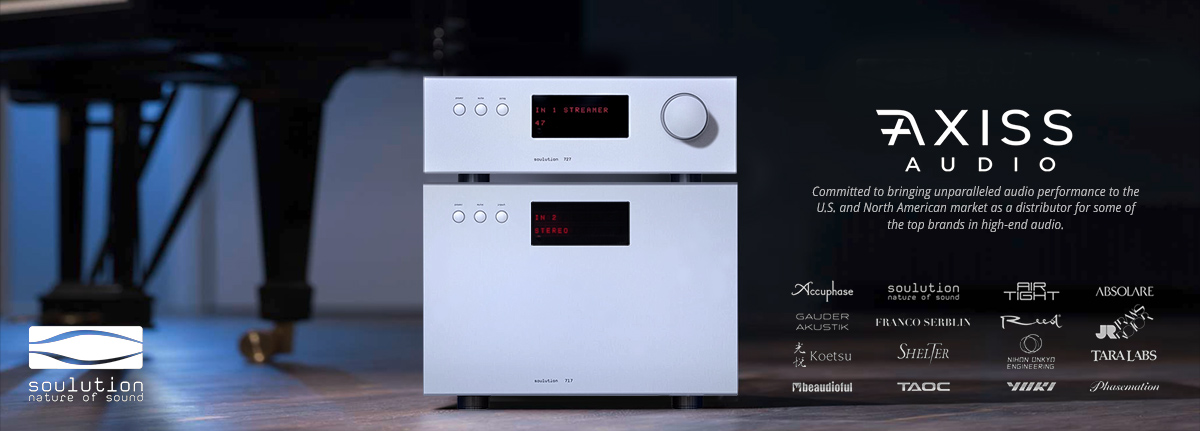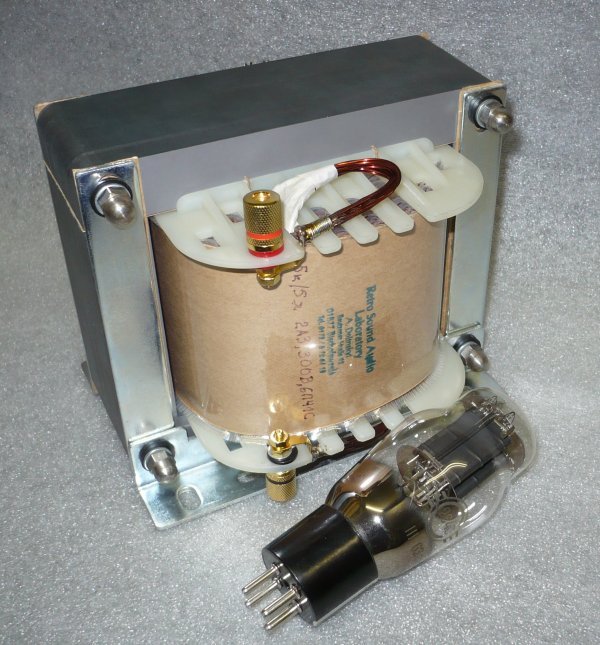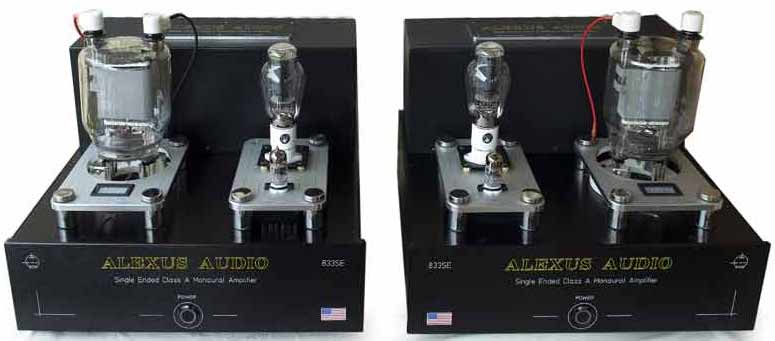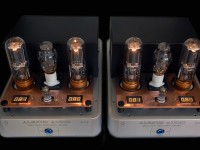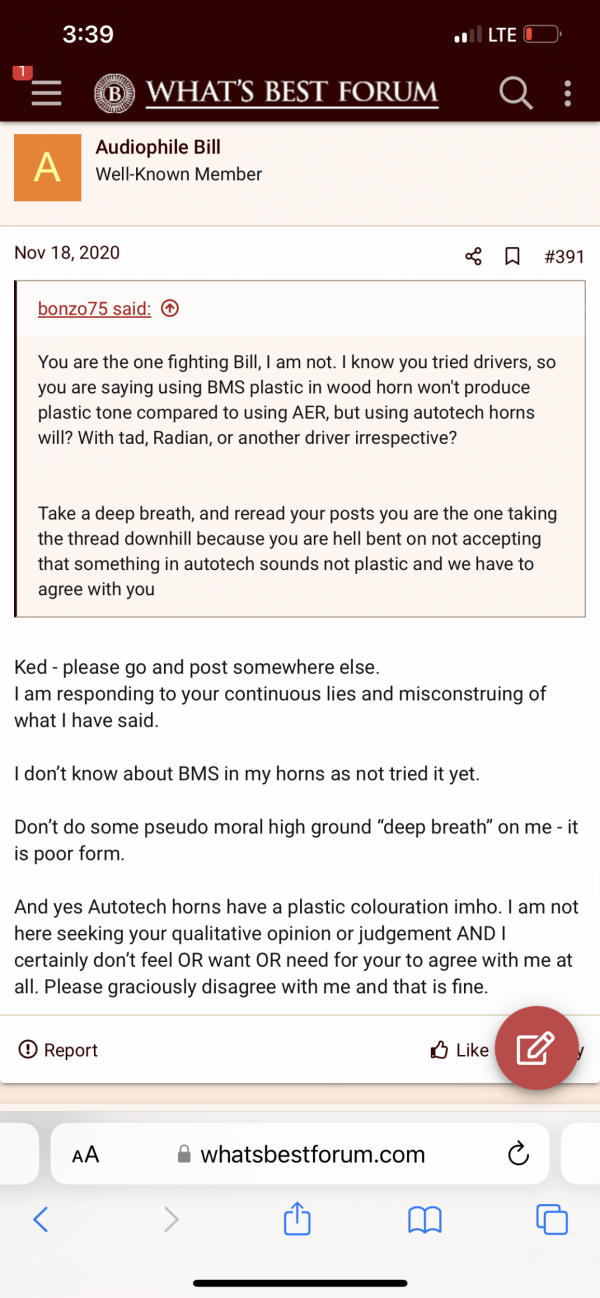So how do we get that “right” sound, as close to unamplified acoustic instruments as possible?
If Class of amplification isn’t, is it down to limiting capacitance, simplifying design, using interstage transformers, managing voltage regulation with valves, pure silver or copper wire, hollow state over solid state, NOS valves from the classic producers over new valves from China or Russia? So far, I have not been able to discern any absolutes here.
One absolute that is quite measurable is distortion must not rise with frequency. If it does, it will be perceived as harshness and brightness.
Any zero feedback circuit can do this and that is part of why feedback has a bad rap in high end audio. But it is possible (although not until recently in audio history) to build an amp with feedback that also has this quality.
In addition, the distortion product must be benign. To that end it must be lower ordered harmonics (the 2nd and 3rd, which are treated by the ear the same way in that they add 'warmth' or 'bloom', using audiophile terms) with enough amplitude to mask any succeeding harmonics, the latter of which must fall off on an exponential curve (if the circuit is zero feedback). The exponent of the exponential curve does not seem to be important; once you exceed that of a quadratic exponent it becomes moot.
You can satisfy the above requirements with an SET, a fully differential PP tube amp, a class A or AB solid state amp (although this is very diifficult technology to work with if you are to satisfy the first requirement above) and class D.
So there is no topology that is an absolute to get to this 'right' sound. It is easiest to do with SETs and hardest to do with A or AB solid state amps. Each tech has its drawbacks. SETs for example make the most distortion of any amplifier concept and suffer bandwidth problems if making much more than about 8 Watts. So you need high efficiency speakers to work with them and even then you can only use about 20% of full power if you really want to hear what the SET is about.
If you are running zero feedback, bandwidth is important to prevent phase shift. Ideally this means 2Hz to 100KHz (since phase shift above 10KHz likely isn't audible). This bandwidth issue makes tube amps of all kinds rather tricky but in particular almost rules SETs out of the picture. Phase shift is used by the ear to assist with understanding the sound stage space so if it gets messed up you don't get the nice 3D presentation of the recording (if its done right).
If you are able to run enough feedback, you can correct phase shift and so the bandwidth becomes less important. But to do that you need a lot of feedback and that puts you at risk of distortion rising with frequency due to Gain Bandwidth Product limitations. You can compromise by having some feedback and also wide bandwidth, but you have to be careful to make sure the feedback is really doing what its supposed to do. Nearly all tube amps and most solid state amps fail at this because the feedback is applied to the wrong part of the amp, typically the cathode of the input tube, where it gets distorted prior to doing its job. That results in higher ordered harmonic generation, which does not happen if the feedback is properly applied. See Norman Crowhusrt and Peter Baxandall's writings on this matter, its not like this problem hasn't been known about for a really long time. Curiously neither provided a solution, although that problem has been easily solved for decades on now. Tradition has been the only thing preventing that solution being more commonplace.
- Imagine the best topology is zero feedback SET DHT
- Imagine the best is using just one tube not paralleling two or more tubes
- Imagine the best tubes are low voltages (low power)
what you find is a low power amplifier than can not drive most loudspeakers so you need to go for horns .
if you want good sound from horns you should have 5way or 6way horns not two way or three way.
finally you will find the Romy the Cat audio rules are the best rules in Audio.
GoodSoundClub - Romy the Cat's personal High-End Audio site
goodsoundclub.com
Imagination is
very different from reality. Its nice to imagine this stuff, but in practice its way easy to do better.
The 5 or 6 way horn thing is ridiculous IMO.IME. Some of the very best speakers I've heard of any kind are 3 way. I've heard some 6-way horns that cost close to a million dollars that didn't do as well.


